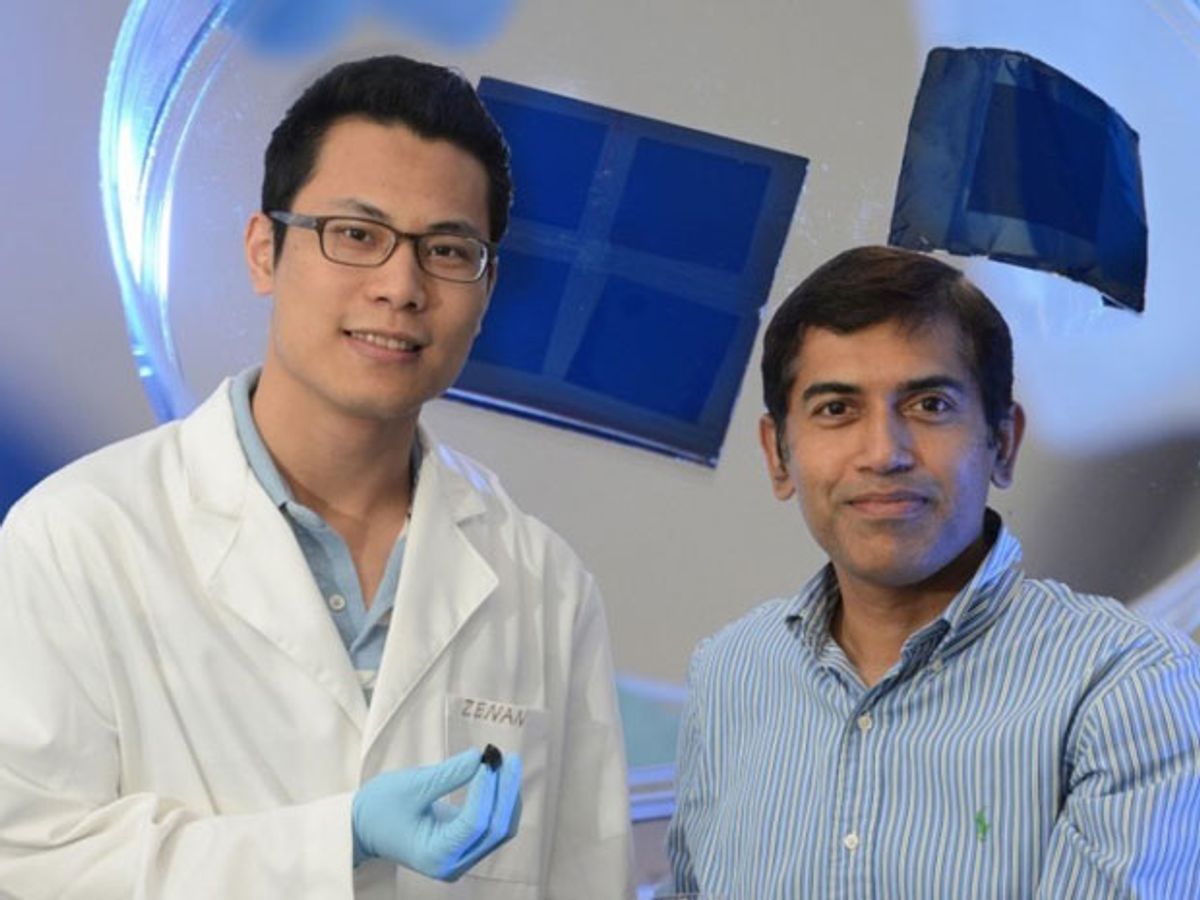Supercapacitors—alternatively known as ultracapacitors—are increasingly being considered as a viable alternative for powering many of the things that now depend on batteries. But it’s always been a trade off with supercapacitors. On the one hand, they can release a large amount of energy very quickly and can be rapidly recharged, but they are pretty poor in comparison to chemical-based batteries at storing large amounts of energy and discharging it over a long period.
Research has been intense to try and maintain supercapacitors' big bursts of energy and quick recharge while also managing to get them to perform more like batteries.
Now researchers at the University of Central Florida have developed a new nanoprinting technique that produces highly ordered nanoelectrodes without the need for templates or any expensive tools. The result appears to be a supercapacitor with a significantly higher energy storage capacity.
The research, which was published in the journal Advanced Materials ("Highly Ordered MnO2 Nanopillars for Enhanced Supercapacitor Performance"), came up with a three-step printing process that because of its simplicity allows for multiple imprints to be made on the same substrate in close proximity. The process involves printing polymer nanostructures on a substrate that serves as a scaffold on which to deposit electrode material made of manganese dioxide.
“We had been looking at techniques to print nanostructures,” said Jayan Thomas, an assistant professor in UCF’s NanoScience Technology Center, in a press release. “Using a simple spin-on nanoprinting (SNAP) technique, we can print highly-ordered nanopillars without the need for complicated development processes.”
Thomas believes that this process may lead to the next generation of high energy density supercapacitors.
“What we’ve found is by adding the printed ordered nanostructures to supercapacitor electrodes, we can increase their surface area many times,” added Thomas. “We discovered that supercapacitors made using the SNAP technique can store much more energy than ones made without.”
Photo: University of Central Florida
Dexter Johnson is a contributing editor at IEEE Spectrum, with a focus on nanotechnology.



